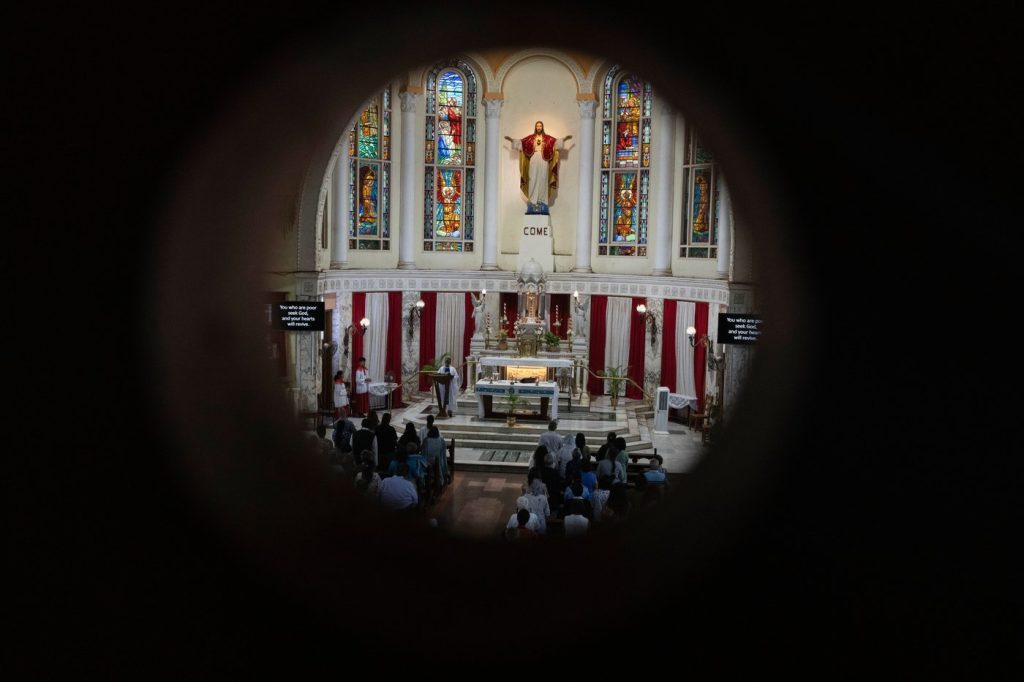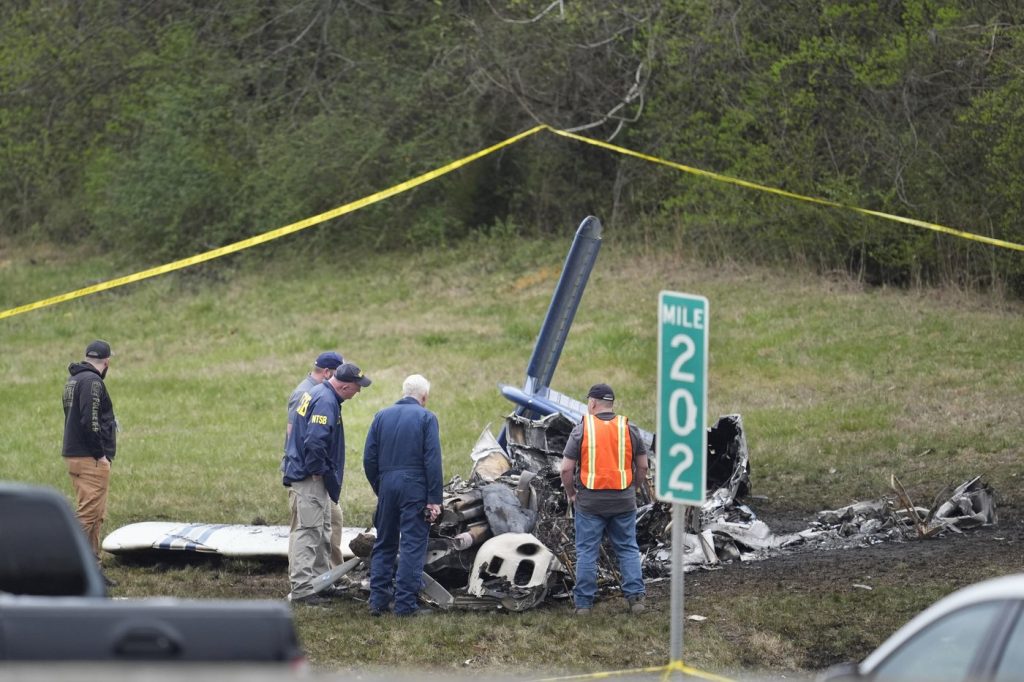NEW DELHI (AP) - A preliminary report regarding the tragic Air India plane crash that occurred on June 12 has indicated that the aircraft's fuel control switches were turned off, leading to a critical loss of engine thrust shortly after takeoff. This catastrophic incident, which took place in the northwestern city of Ahmedabad, tragically resulted in the deaths of at least 260 individuals, including 19 people on the ground. Remarkably, only one passenger survived the crash, marking it as one of India's most devastating aviation disasters.
The report, released by India's Aircraft Accident Investigation Bureau, uncovered that a conversation took place between the two pilots captured on the cockpit voice recorder, wherein one pilot questioned why the fuel had been cut off during the flight's final moments. The responding pilot denied having made such an action, raising further inquiries into the circumstances leading to the crash.
The crucial information included in this report was extracted from the aircraft's black boxes, which comprise both cockpit voice recorders and flight data recorders. These devices play an essential role in the post-accident investigations by aiding experts in reconstructing the events preceding a crash.
Black boxes, despite their common name, are not actually black; they are brightly colored orange to facilitate their recovery even from challenging conditions, such as deep ocean wreckage. Typically, they are located in the tail section of an aircraft, regarded as the most survivable part of the plane, according to the National Transportation Safety Board (NTSB).
The cockpit voice recorder is designed to capture various sounds in the cockpit, including radio communications, pilot discussions, and engine noises. Investigators focus on interpreting these sounds, which can reveal engine performance and system failures. A thorough transcription of the voice recordings is performed, which may take up to a week, providing invaluable insight into the cockpit dynamics.
Conversely, the flight data recorder meticulously tracks critical flight parameters such as altitude, airspeed, and aircraft heading. It can monitor up to 88 variables, with newer models potentially gathering data on more than 1,000 characteristics, including flap positions and system alerts. Notably, the flight data recorder can generate computer animations illustrating the flight path, which is instrumental in discerning the cause of the crash.
The conceptual origins of the black box can be traced back to innovative figures in aviation history. French engineer François Hussenot is recognized for developing a device in the 1930s that recorded flight parameters onto photographic film. In the 1950s, Australian scientist David Warren invented the cockpit voice recorder following his investigation into the crash of the Comet, the world's first commercial jet airliner. His pioneering work, although initially underappreciated, eventually led to the widespread implementation of these devices in commercial airlines globally.
As for the term "black box," one theory suggests it originated from Hussenot's early film device, which operated in a dark, light-proof box. Another theory is that the boxes endure charring during crashes, leading them to appear black. Regardless of its origin, the media's use of the term reflects an element of intrigue associated with air disasters.










